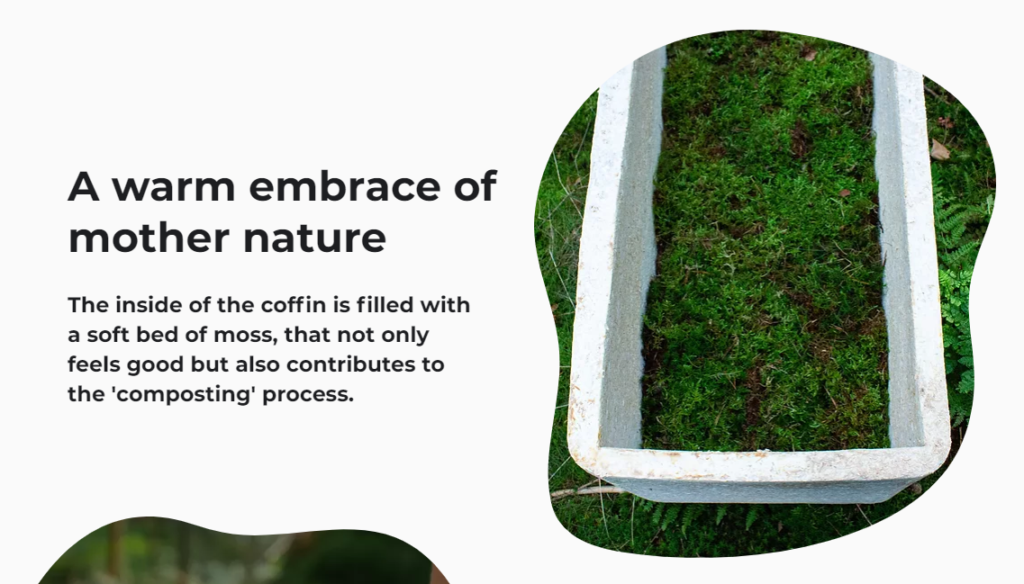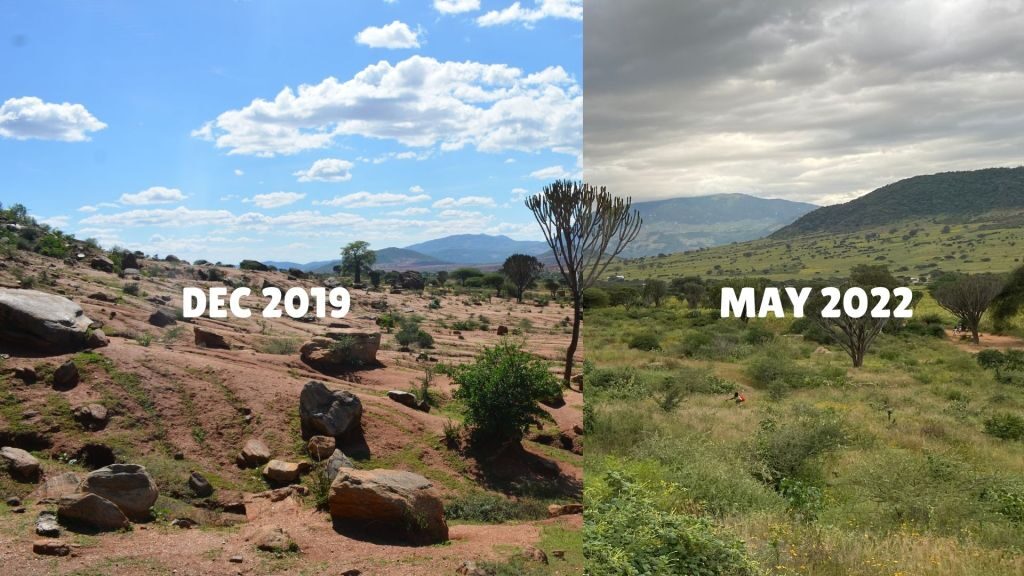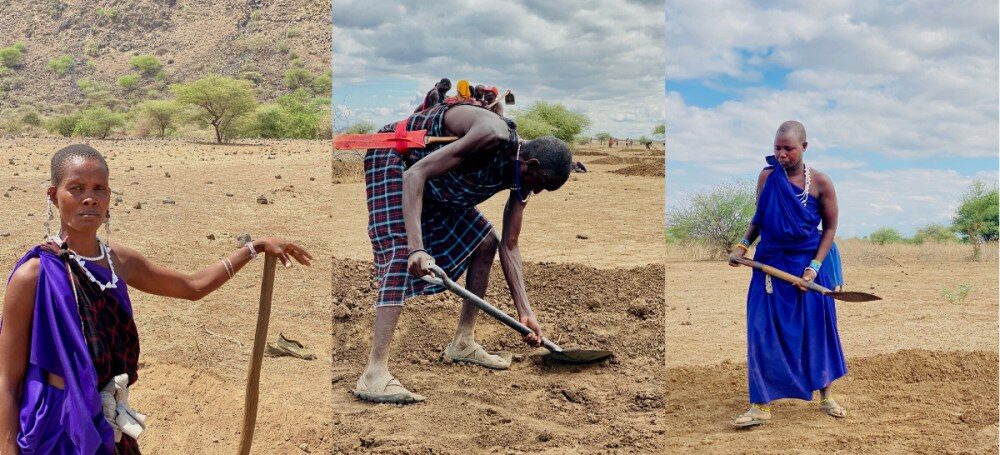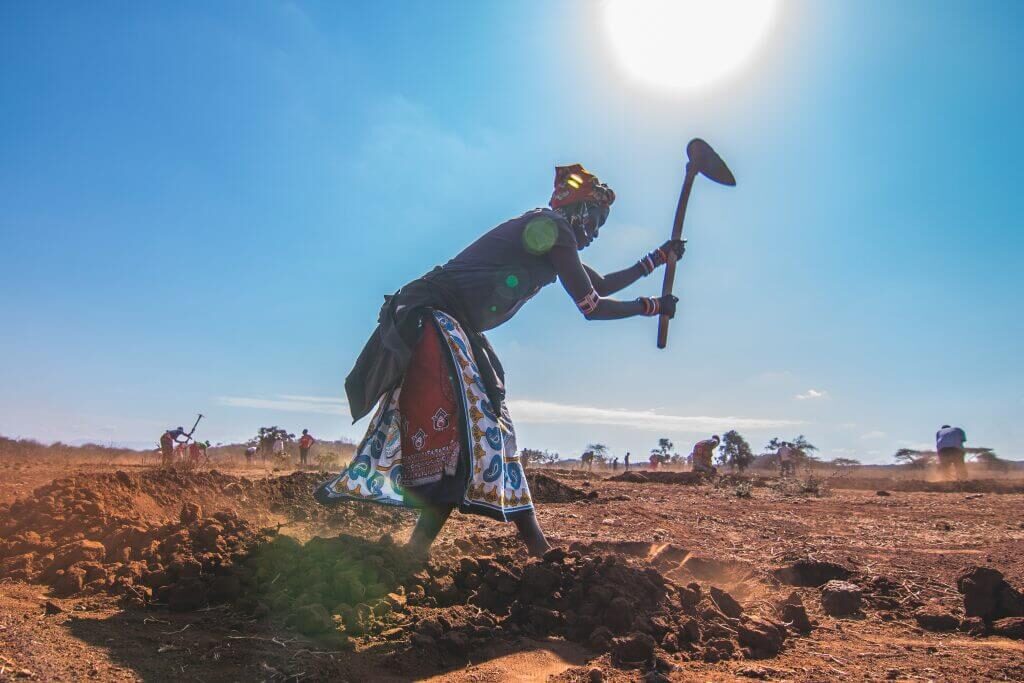I am creating another category of posts that I will send out regularly. More or less regularly, you know me.
The idea for this category came after I watched a documentary The Hidden Life of Trees. I was amazed about those things I didn’t know and I feel like I need to share those things with someone else.
(The Hidden Life Of Trees audio book is available on Scribd, you can listen for 60 days for free, if you sign up through my link)
Probably not all the posts in “Things I didn’t know” series will be about nature, but this one definitely is.
So, let’s go!
Things I didn’t know:
.1. I always had a strange feeling when a company showed up in my Instagram feed (when I was still using it, it is so passé now :P) claiming that they plant a tree for every friendship bracelet bought. But I thought that maybe I have a strange feeling out of jealousy, because they gained traction so fast, while I used to run a business that I tried to make as eco-friendly as possible, and I felt behind all that I was trying to achieve, business and ecology wise, most of the time. And perhaps it was jealousy, let’s be honest. But since watching The Hidden Life of Trees, I know that I was spot on with my feeling that what those companies did was o b v i o u s l y greenwashing.
There is a scene in the movie where Peter Wohlleben, author of the book The Hidden Life of Trees, and a guy from some forest planting company count the little trees in the square meter of a forest.
They count 11 little trees that grew from seeds that fell from trees. Nature planted them. This means that per hectare (10 000 square meters; 0,01 square kilometres) of forest, the Nature plants 110 000 trees. I mean, what?!! I have to double-check this.
Herr Peter then asks the guy from a planting company, how many trees they plant per hectare with a very expensive method, and he says 10 000. Nature plants more than 10x more, for free. He says it is foolish to plant them.
I mean, how much wasted money. That could be used for managing the forest more responsibly.
2. Another thing that I learned from this movie, changed my perspective of mites. Mites are those little things that eat our dead skin and that can cause allergic reactions. In my mind, I saw them as dirty little creatures that perhaps live in my mattress and when I have to scratch my skin, it is perhaps because they are eating me alive. I didn’t want to think about them. Even now, I feel like I should go and vacuum everything, lol. Anyway, now I appreciate them, because I learned they feed with leaves as well. And dead animals.
“The leaves and bits of bark off trees would pile up meters deep, if it weren’t for a hungry army of microscopic creatures. Whether it’s rotting wood or dead snails, there is nothing that doesn’t have its corresponding beetle mite. They appear everywhere at the intersection between birth and decay, and so they must be considered essential components of the ecosystem.” ― Peter Wohlleben
3. I learned this one about a year ago and since then I wanted to tell everyone about it. I was always wondering why the heck are mosquitos good for. The religious subpersonality of mine thought they are god’s mistake. I had an inside joke with myself, they were made to give Alexander the Great malaria. However, I believe that everything in Nature is good for something or else it wouldn’t be here (that doesn’t mean that all the species that are extinct because of us humans, were bad guys, NOT AT ALL). I heard some tribes in Africa eat burgers out of them. I wonder what that tastes like. Sweet as revenge?
But then I heard from a friend that mosquitos pollinate cacao trees. Mind blown.
Now that I was fact-checking for this on the internet, I am a bit confused. Seems like some mosquito related flies are pollinating cacao. Yet another article said that researchers were surprised when there were no such flies and no Diptera (order that mosquito belongs to) on the sticky trap on flowers, but instead mostly ants. Seems like there is diversity of little beings making sure we get our fix of chocolate. And some articles claim mosquitos are the main ones… It is confusing.
For sure, mosquitoes are pollinating different flowers, as they feed mostly on nectar from flowering plants. They even exist in Arctica, where they pollinate rare arctic orchids.
And they are food for other animals in the food chain.
I am sure this was worth reading because of that burger video.
4. Around 148 000 fungi species are described by taxonomists. But there are probably between 2.2 and 3.8 million species. Now interesting things about fungi:
⇾ They are like internet web in the forest. Trees communicate through them and send each other food (we can only send pictures of food via our internet).
⇾ Adidas has a shoe concept with mycelium un-leather called Mylo. And Stella McCartney has a bag coming out soon.

⇾ some mushrooms are capable of decomposing plastic
⇾ And there is a company that will make you rethink your decision to be burned after you die and maybe opt in for a mycelium coffin. Their homepage makes me want to die and become one with Nature.

5. Last but not at all least!! When I discovered this project, I really asked myself what am I doing with my life. I was so inspired I was in tears. Like big fuck you to climate change anxiety and pessimism. I remember reading in one article, that humans are capable of destroying the planet, but not saving it. But maybe we are capable of saving it as well. If every one do what is their responsibility, as a gentleman in this documentary says (I love the body language of Kisiki Hai educator after 16:00 and what he says about education + his business skills). Justdiggit is an organisation from Netherlands, that works in partnership with NGO’s and locals across Africa. And what they do? They are digging the “holes”. And you can buy your own hole in Africa. To help cool down the planet. Doesn’t make much sense? Watch this video:
Through Justdiggit, I found another organisation, that is doing awesome work, a Tanzania based NGO founded by a retired bishop. It’s called LEAD Foundation.
They teach African farmers and pastoralists how to take care of trees with Kisiki Hai Method. It’s a method where you take care of trees by pruning them and at the same time get what you need from them (wood for cooking, for example). It’s a very effective method, as you can see from the pictures below.


Both methods go hand in hand, Kisiki Hai, the method for pruning the trees and the digging the half moon circles called bunds (bund: an embankment used to control the flow of water).
I am also amazed by the fashion of the diggers. I mean, looking like queens while doing the real work.


Buy a bund, it costs only 8€. It’s my goal to raise money for 7 bunds through this little blog of mine. I hope for more, but 7 seems like a good start.
(You can even start your own bundraiser for your birthday! )💧🌱🌳
I hope I didn’t overload you with pictures, videos and links in this post. I just wanted to share everything.

